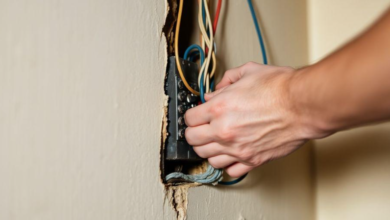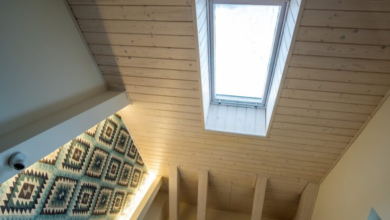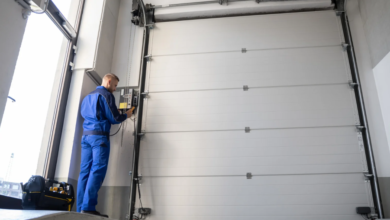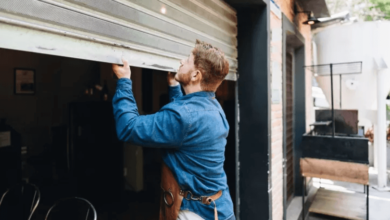Basement Renovations Essential Guide for Maximum Space and Value
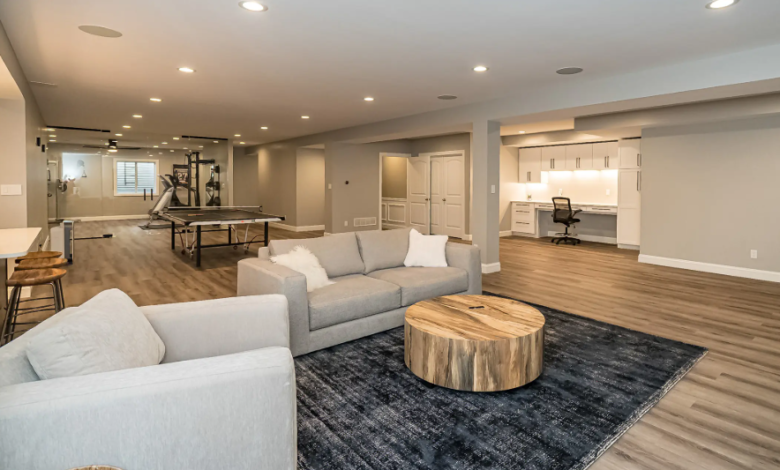
Basement renovations offer a practical way to add valuable living space and increase a home’s functionality. Many homeowners use this area for storage, but transforming it into a finished space can create rooms for entertainment, work, or extra bedrooms. Addressing foundation issues and waterproofing is often part of the process to ensure a safe, dry environment.
A well-planned basement renovation can significantly improve a home’s value, with a return on investment reaching up to 86%. The project involves careful decisions about layout, flooring, lighting, and insulation, which impact both comfort and cost.
Experts recommend setting a clear budget and identifying the intended use of the space before starting. By combining practical upgrades with thoughtful design choices, a basement renovation can unlock hidden potential and meet a family’s changing needs.
Planning Your Basement Renovation
Planning a basement renovation requires careful evaluation of the space, clear budgeting, thoughtful design choices, and compliance with legal requirements. Each step builds a foundation to ensure the project proceeds smoothly and meets the homeowner’s goals.
Assessing Basement Potential
The first step is to evaluate the basement’s existing condition and potential for improvement. Key factors include ceiling height, moisture levels, and structural soundness. A minimum ceiling height of 7 feet is typically needed for comfortable living space.
It’s essential to identify any moisture problems by inspecting for damp spots or mold, as these must be resolved to prevent damage and health concerns. Electrical and plumbing systems should also be checked to determine if upgrades are necessary.
Natural light availability influences design options, as basements tend to have limited windows. Depending on the assessment, solutions might include egress windows or light wells to increase safety and brightness.
See also: Reliable Heating Solutions: Why Emergency Heating Oil Delivery Matters for Every Home
Setting a Realistic Budget
Setting a budget begins with defining the renovation’s scope—whether it’s a simple finishing or a full remodel with new plumbing and electrical work. The homeowner should allocate funds for materials, labor, permits, and unexpected costs.
Budget categories to consider:
| Category | Percentage of Budget |
| Construction Labor | 40-50% |
| Materials | 25-35% |
| Permits & Fees | 5-10% |
| Contingency | 10-15% |
Contingency funds are critical to cover unforeseen issues such as hidden water damage or structural repairs.
Consulting with contractors early can provide realistic cost estimates, and prioritizing essential upgrades ensures the budget aligns with project goals.
Basement Design Ideas
Designs depend on the intended use of the space, whether a family room, home office, rental suite, or entertainment area. Open floor plans suit multifunctional spaces, while defined rooms may be needed for private areas.
Consider soundproofing and insulation to improve comfort. Moisture-resistant materials and flooring like vinyl or tile are preferred to prevent damage.
Lighting design should combine overhead fixtures with task or accent lights to brighten the often-dark area. Including built-in storage can maximize space efficiency.
Homeowners often incorporate modern amenities such as bathrooms or small kitchens depending on budget and layout feasibility.
Local Building Codes and Permits
Compliance with local building regulations is mandatory before starting construction. Permits might be required for electrical, plumbing, structural modifications, and finished space conversions.
Key code requirements often include:
- Minimum ceiling height
- Egress windows for bedrooms
- Fire safety measures like smoke detectors and fire-rated drywall
Failure to obtain proper permits can result in fines or complications during resale. Consulting local building departments early ensures adherence to all rules and smooth project approval.
Licensed professionals typically assist with permitting processes and inspections, reducing the risk of code violations.
Essential Steps in Basement Renovations
A successful basement renovation relies on addressing moisture issues, ensuring proper insulation, upgrading lighting and electrical systems, and selecting the right flooring. These factors contribute to comfort, safety, and long-term durability.
Waterproofing and Moisture Control
Before any finishing work, waterproofing and moisture control are critical to prevent mold and structural damage. Basements often face moisture intrusion from groundwater or humidity. Installing a proper drainage system, such as a sump pump or French drain, helps redirect water away from the foundation.
Sealing cracks and applying waterproof coatings to walls and floors stops moisture seepage. Vapor barriers under flooring and behind walls further reduce risks. It’s essential to test for signs of water damage or dampness early to avoid costly repairs later.
Insulation and Soundproofing
Proper insulation maintains temperature stability and energy efficiency in basement spaces. Foam board or spray foam insulation on walls helps prevent heat loss and reduces drafts. In colder climates, insulating rim joists above foundation walls is also recommended.
Soundproofing improves comfort by limiting noise transfer between floors. Adding resilient channels, sound-dampening drywall, or mats can reduce sound transmission effectively. Combining insulation and soundproofing materials results in a quieter, more comfortable basement environment.
Lighting and Electrical Upgrades
Basements often lack natural light, so planning for sufficient lighting is essential. A layered lighting design combining ambient, task, and accent lighting creates a versatile space. Recessed LED lights are popular for even light distribution without ceiling clutter.
Updating electrical systems ensures safety and supports new appliances or electronics. Adding outlets, installing GFCI protection, and considering smart home wiring improve functionality. All electrical work should follow local codes and be performed by licensed electricians.
Flooring Solutions
Basement flooring must resist moisture and provide durability. Popular choices include vinyl plank flooring, engineered hardwood, tile, and sealed concrete. Vinyl planks are water-resistant and easy to maintain, making them ideal for basements with varying moisture levels.
Engineered hardwood offers a wood look but with better moisture tolerance than solid wood. Tile is durable but can be cold, so pairing it with radiant floor heating enhances comfort. Carpet is generally avoided due to mold risks but can be used if installed with moisture barriers in dry basements.
Choosing the right flooring involves balancing moisture resistance, comfort, and aesthetics.

